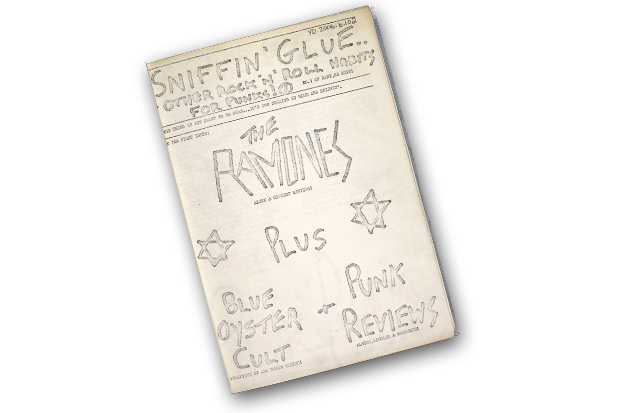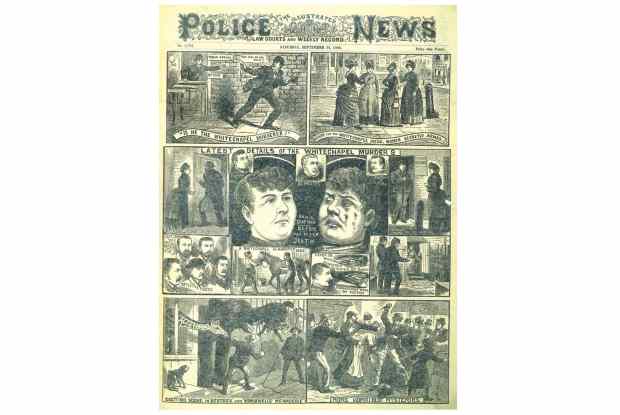There have been many punk exhibitions over the years so I can’t help but chuckle at the ‘experts’ who are getting hot under the collar about the ‘sacrilege’ of housing punk memorabilia in museums. Hasn’t it always been the case that anything considered culturally significant ends up in a ‘cultural establishment’ of sorts? Joe Corré, son of Dame Vivienne Westwood and Malcolm McLaren, is even threatening to burn his punk collection in protest. Really!!
The experts I know, i.e. band members, don’t seem too bothered about it. In fact, many will be turning up to do Q&As at the British Library’s tasteful if limited Punk 1976–78 exhibition.
As the title suggests, the exhibits on show centre on the initial explosion of punk rock into our homes and consciousness in 1976, and focus on the original agitators such as my band the Sex Pistols, the Clash, the Damned and Buzzcocks. It takes you through the story of punk in chronological order and covers various aspects in a small amount of space, including a Jamie Reid-influenced section called ‘Situationist beginnings of Punk Art’.
The outburst of creative energy was brilliantly displayed on the sleeves of the vinyl singles (45rpm to me and you!) and the punk DIY ethic carries on through to displays of magazines, leaflets, posters, concert tickets and fanzines such as Sniffin’ Glue and Ripped & Torn. In one of the fanzines there’s even a diagram showing you how to play three chords — C, D and A — with the caption, ‘Here’s the chords. Now go and start a band!’
It was all about the freedom to be yourself. Introducing the new show, Jon Savage said, ‘It had such a liberating effect on a gay public schoolboy.’ As you walk around the show, you can see how punk opened the doors to different cultures, ethnicities and genders — for example, female artists such as Ari Up of the Slits, Pauline from Penetration, Poly Styrene and Siouxsie Sioux. I was impressed by some of the artefacts, which included an original scribbled Pistols set list and lyrics. Also on display are our contracts of termination with EMI and with the original bass player Glen Matlock, neither of which I remember signing.
I saw two iconic Seditionary T-shirts, ‘Tits’ and ‘Your Gonna Wake Up One Morning’, plus Rat Scabies’s leather jacket, but the highlight for me was watching a recording of the infamous Bill Grundy showdown on primetime TV with a group of giggling tourists who were oblivious to the fact that the drummer was standing there laughing along with them.
It only scratches the surface of punk rock, but the show is well presented. (I’m not too sure about the Pistols and Clash cushions in the pop-up shop, though.)
If somebody had told me back in 1976 that in 40 years’ time I’d be reviewing a punk-rock exhibition at the British Library, I’d have called them mad and spat in their eye. We live in different times now.
So …Punk rock at the British Library …Iggy Pop and the Damned at the Albert Hall …Good grief! Would Malcolm be turning in his grave? Would he hell! He’d be too busy organising the 50th anniversary at the V&A.
Got something to add? Join the discussion and comment below.
Get 10 issues for just $10
Subscribe to The Spectator Australia today for the next 10 magazine issues, plus full online access, for just $10.
Paul Cook is drummer of the Sex Pistols and the Professionals
You might disagree with half of it, but you’ll enjoy reading all of it. Try your first month for free, then just $2 a week for the remainder of your first year.














Comments
Don't miss out
Join the conversation with other Spectator Australia readers. Subscribe to leave a comment.
SUBSCRIBEAlready a subscriber? Log in